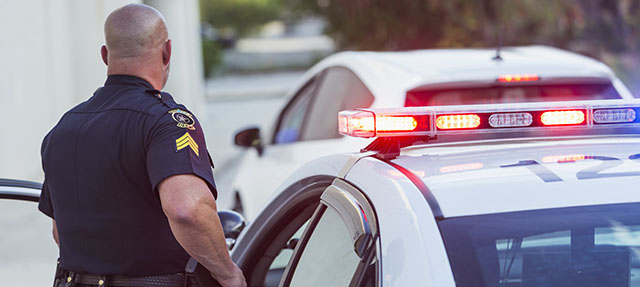
Racial Rage and Law Enforcement
Originally published in World Reformed Fellowship, 2016.
As a civil rights attorney, member of the International Network Promoting the Rule of Law, and professor of police and criminal law, I have some thoughts on race relations and the violence against police. First, some facts.
Assassination-style murders of police officers and military personnel are primarily suicide rituals that should not unduly focus policy debates on the acts of a few psychotic individuals. Other such suicide rituals have targeted small schoolchildren or moviegoers, and though the target is horrific, and relates to the delusions of the individual, these tragedies should not overwhelm deliberation.
According to Rasmussen polling, only 17% of Americans believe race relations are good to excellent, down from 30% in 2013. A 2013 survey found that 37% of Americans thought most black Americans are racist, and 15% thought most whites are racist. 31% of blacks felt most blacks are racist and 10% of whites said most whites are racist. According to a Dec. 2014 poll, half of voters say blacks are not victimized by cops. A 2015 Rasmussen poll of likely voters found that 70% believed that the level of crime in lower-income urban areas is a bigger problem than is police discrimination against minorities (though 56% of blacks believed the opposite).
Killings of officers are up 94% since last year. Settlements and court judgments for police misconduct are up 50% since 2010. (These amounts are paid out either from insurance companies that then raise premiums on that and other clients just like happens after a car wreck, or from the city’s savings or bond issues, all paid by taxpayers.) Yet analysis of officer-involved-shootings (OIS) continues to find no differences in how white vs. black officers engage with black or white suspects. In one study, threat perception failure (overestimates as to the level of force needed against a suspect) in OIS by white officers in one study was 5.2 %, and yet was 11.4% where both officers and suspects were black. Hispanic officers with black suspects had a rate of 16.7%.
High-profile cases of excessive force, alleging racial bias, have not fared well in court but have garnered such multi-million dollar settlements as for Freddy Gray’s family in Baltimore.
Settlements of such amounts set a precedent and create expectations for other grieving families that will be hard to manage. Violence against officers does not subside after large settlements from the same city.
Yet, as an attorney who has represented several clients against rogue cops, I know that liability for police and their employers is a necessity. There is a balance to be found in Scripture. When I teach Romans 13, where Paul urges submission to government, I always preface that with the end of Romans 12, which says, “19 Do not take revenge, my dear friends, but leave room for God’s wrath, for it is written: ‘It is mine to avenge; I will repay,’ says the Lord….21 Do not be overcome by evil, but overcome evil with good.”
Sometimes overcoming evil with good can involve forgiveness and turning the other cheek; sometimes overcoming evil will be accomplished by exposing the evil and punishing it.
Jesus calls us to walk “the narrow” way” that leads to life, not the broad way that leads to destruction. It helps to think of the narrow way as between two wide extremes— balancing interests. In resolution of conflict, we count both parties and refuse the temptation of extreme rhetoric that widens out into evil on either side. Thus we are vigilant against racism…
